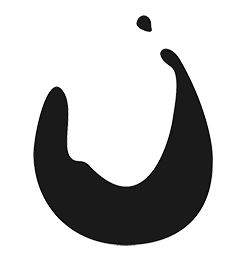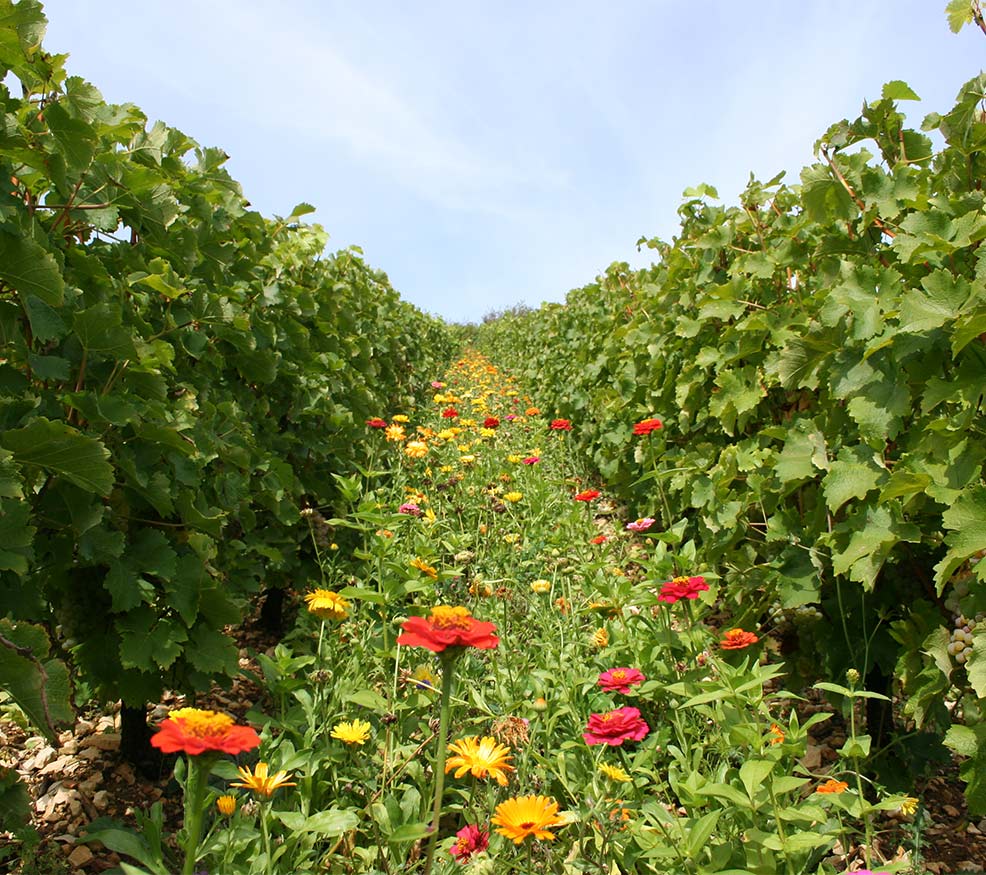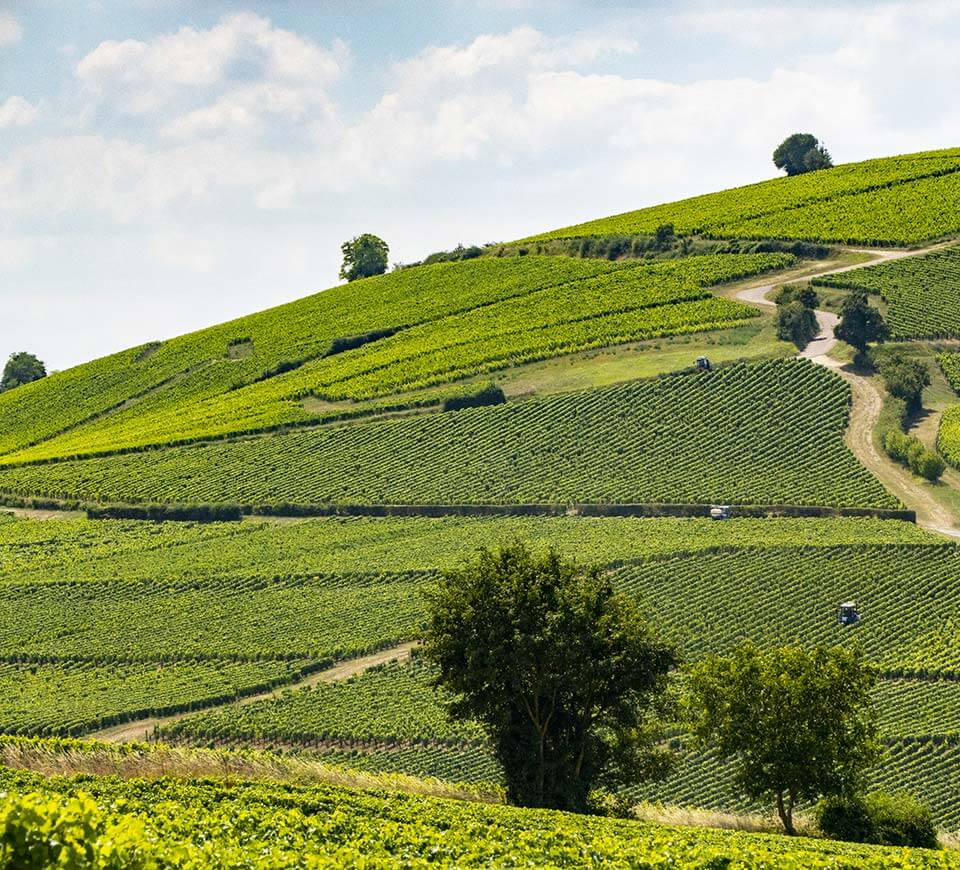- You cannot add "2019 No Name Santa Barbara County Pinot Noir" to the cart because the product is out of stock.
2018 Jean-Max Roger Menetou-Salon Morogues ‘Le Petit Clos’
“Morogues” sits right across the river from Sancerre and this village is currently producing some of the most underrated and exciting wines of the entire eastern Loire Valley! This wine is similar in style to Sancerre, but has this sappy lushness and delicate texture that makes it almost Chablis or Chenin-like. A serious hidden gem!
Organic farming practices, native yeast fermentation and less than 3,000 cases produced annually.
- Tasting Notes lemon rind, pear, grapefruit, lychee, fennel, acacia blossom, hawthorn, chamomile, beeswax
- Variety Sauvignon Blanc
- Region France, Loire Valley
- Volume 750ml
- Alcohol Volume 12.5%
- Table Talk 'Morogues' is comprised of 90% Kimmeridgian limestone - the same blessed soil type that makes up great terroirs of Chablis. It helps to create complex, elegant, mineral-laden wines that can age.
$27.00
Out of stock
The Roger family comes from a long line of winegrowers from the village of Bué. The first texts that mention the family name date back to the early 17th century. Jean-Max Roger took over the four hectares of vines left to him by his parents in the early 1970s and expanded the estate to its current size, 26 hectares. Beginning in 2004, two of his three sons, Etienne and Thibault, came back to work at the estate after various professional experiences in France and abroad. Today, the estate covers a surface area of 26 hectares in the Sancerre AOC, along the Loire River. It also includes 5 hectares of vines located in the Menetou-Salon AOC area of production where the first plantations date back to 1981. They produce white wines made from Sauvignon Blanc as well as reds and rosés made from Pinot Noir. They also sell a Pouilly-Fumé, a neighboring appellation located opposite Sancerre on the left bank of the Loire. Farming is done responsibly. The fertilizers used are either organic or based on composted manure. Cover crop and ploughing of the soil are managed mechanically according to risk of erosion and the vines’ needs for water and nutrients.
SAUVIGNON BLANC
Sauvignon Blanc, a very recognizable white wine that is popularly dry, refreshingly zesty, and has strong, fruity and herbal characteristics. Ever hear of the term “pyrazines?” It’s a term noting the strong herbaceous flavors that are derived from compounds called Methoxypyrazines. These compounds are also found in bell peppers! A flagship varietal to the Loire Valley in France (Sancerre) and New Zealand, the Sauvignon Blancs from New Zealand tend to be more aromatic and have tropical fruit notes than those from the Bordeaux or Loire Valley regions in France. Usually fermented in stainless steel vats, Sauvignon Blanc gives a clean, crisp flavor with occasional mineral notes, but no characteristics from oak, like you would normally see in a grape varietal like Chardonnay. However, look out for Fumé Blanc, this style of wine is an oaked-version of Sauvignon Blanc.
THE LOIRE VALLEY, FRANCE
The Loire is actually the largest river in France and the Loire Valley is a large region that follows as it flows towards the Atlantic. Another cooler climate region in France, the Loire Valley produces many exciting and exceptional red, rosé, and white wines in a variety of styles. Lean and lively white varieties like Chenin Blanc, Sauvignon Blanc, and Muscadet (Melon de Bourgogne or Melon Blanc) dominate in many sub-regions here including Anjou-Saumur, Touraine, and the Upper Loire (Centre). Rustic reds like Cabernet Franc, Gamay, and Côt (Malbec) are also grown in smaller areas. Some of the most infamous for Cabernet Franc are that of Bourgueil and Chinon located in the Touraine (Middle Loire). The Loire Valley is also known to produce quality sparkling wines from grape varieties including Chenin Blanc, Chardonnay, and Cabernet Franc (for rosé). You’ll often find these wines to be tart with fresh fruit flavors and labelled as Crémant de Loire.









